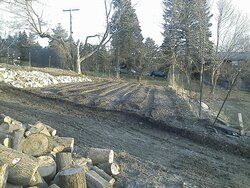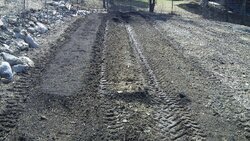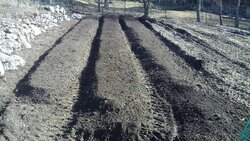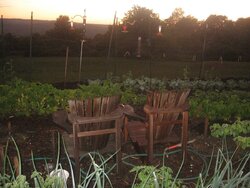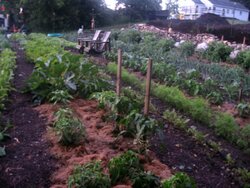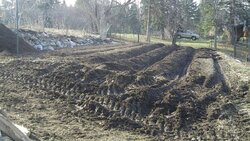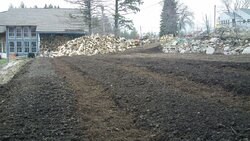My spring prep is typically just running the fairly light 4' 3pt tiller down the seed beds in the garden. The tractor wheels always run on the same path so there is no compression of the beds. The wheel paths then get mulched for weed control. It does a good job of turning under anything from the previous year as well as all the household compost we have accumulated.
This year I am going to add a large volume of compost from a program our county runs. They collect food waste, segregate it, process it, windrow it and test the results before making it available to the public. I can get about 5 yards in the trailer and the site is only a few miles from my house. A load per row will give me about 6" of compost over the bed.
My question is do I want it on top of what I've got or should I mix it in?
This year I am going to add a large volume of compost from a program our county runs. They collect food waste, segregate it, process it, windrow it and test the results before making it available to the public. I can get about 5 yards in the trailer and the site is only a few miles from my house. A load per row will give me about 6" of compost over the bed.
My question is do I want it on top of what I've got or should I mix it in?


